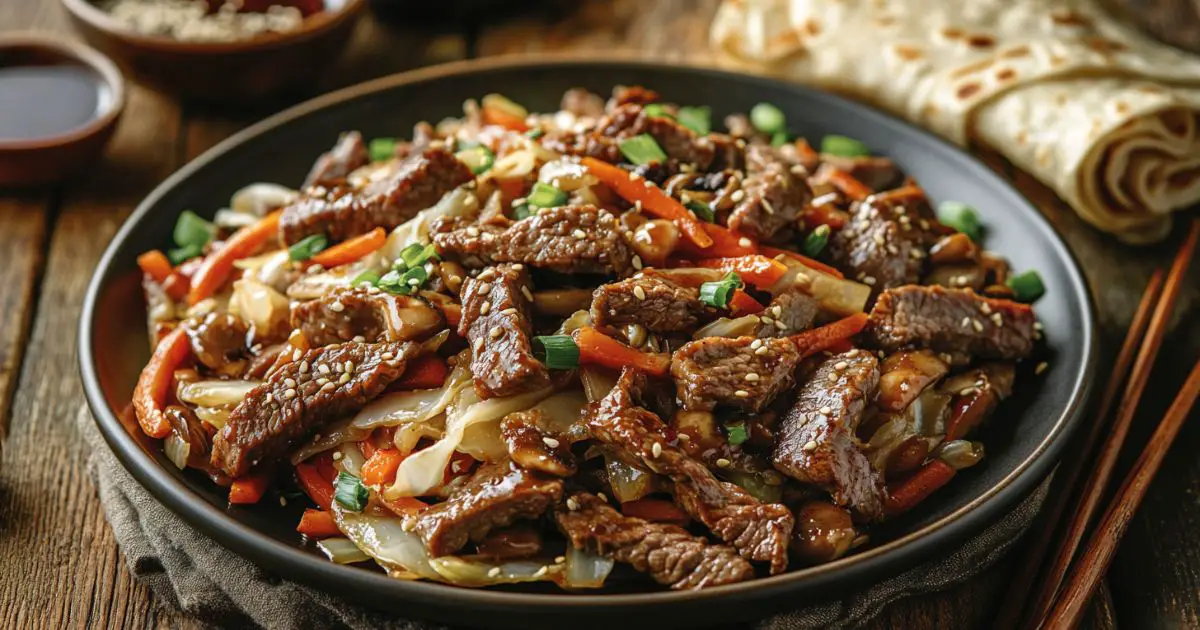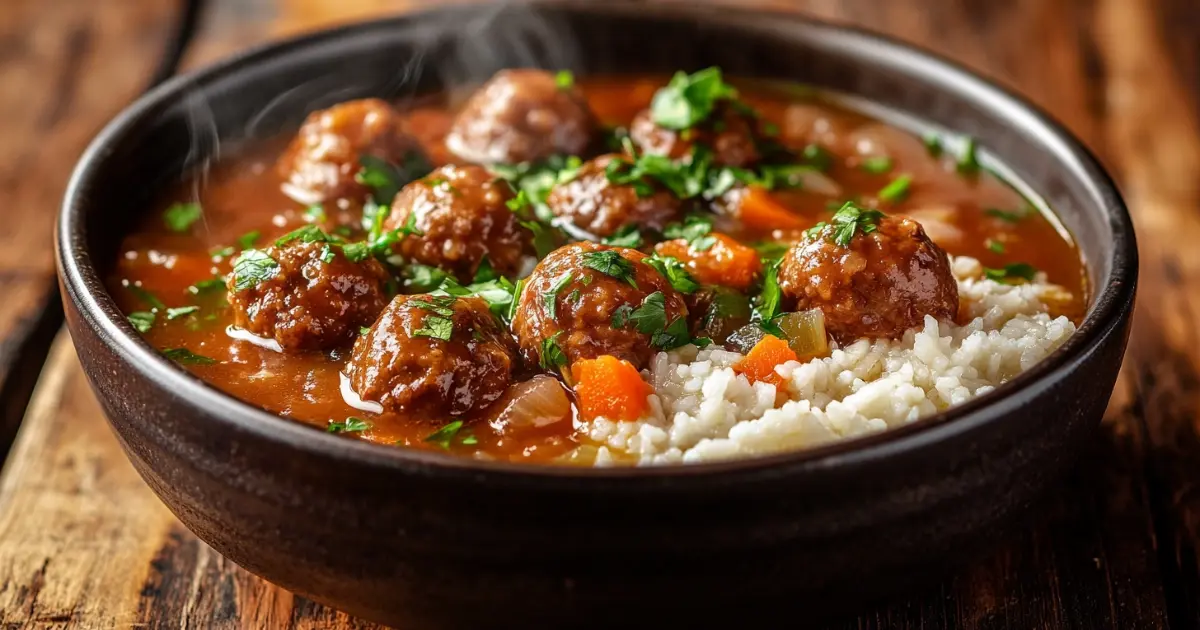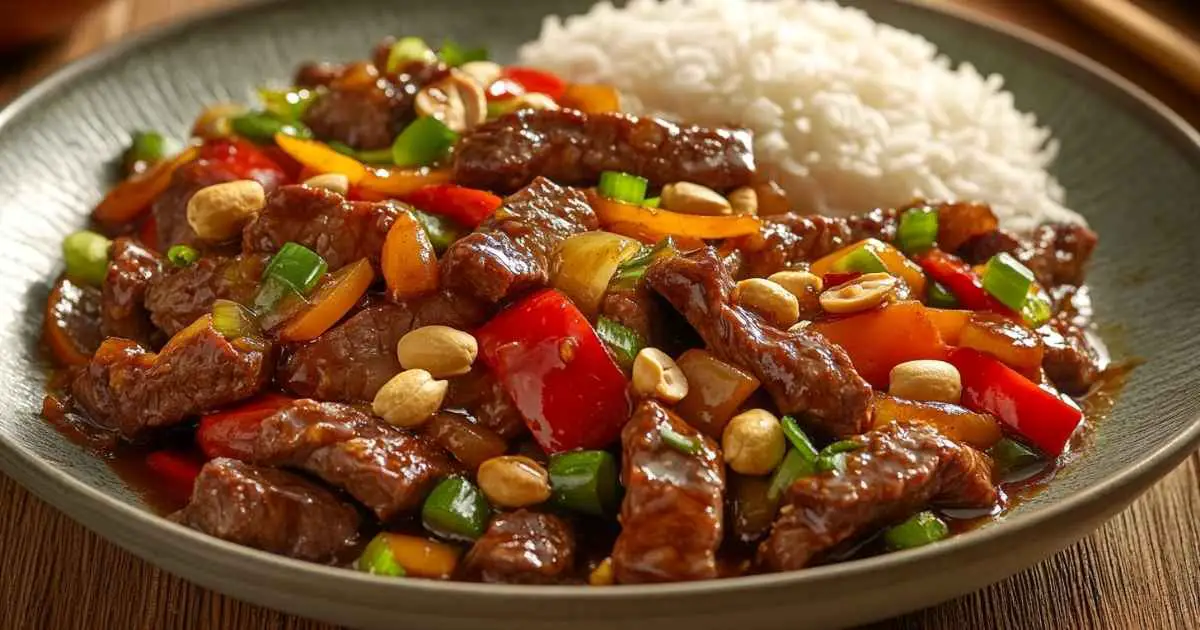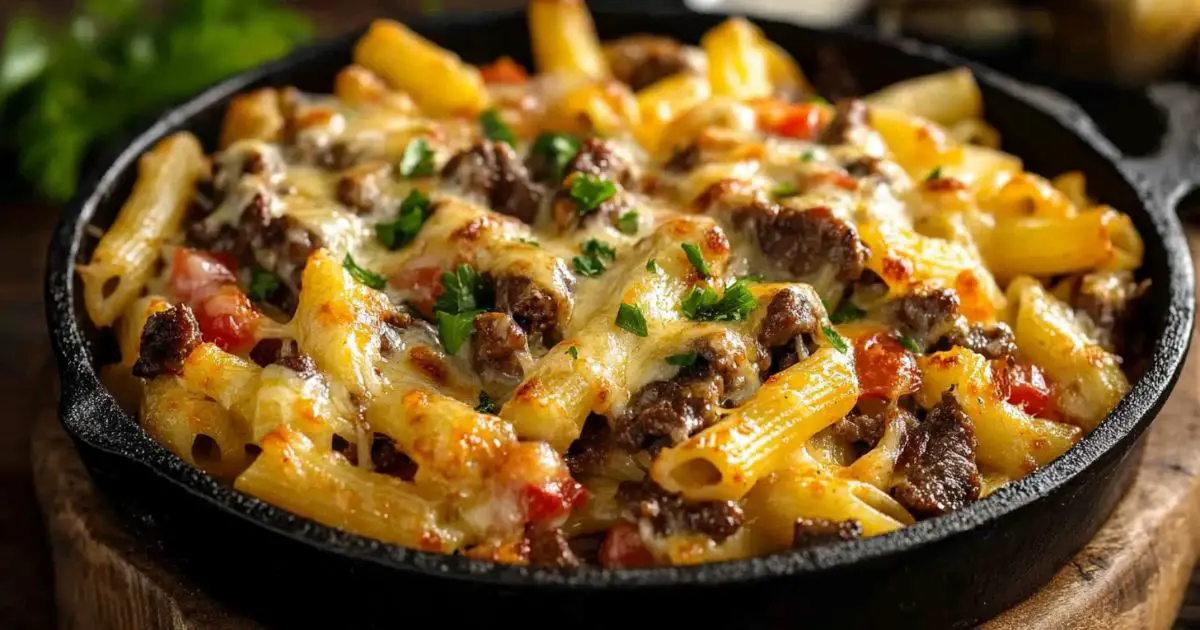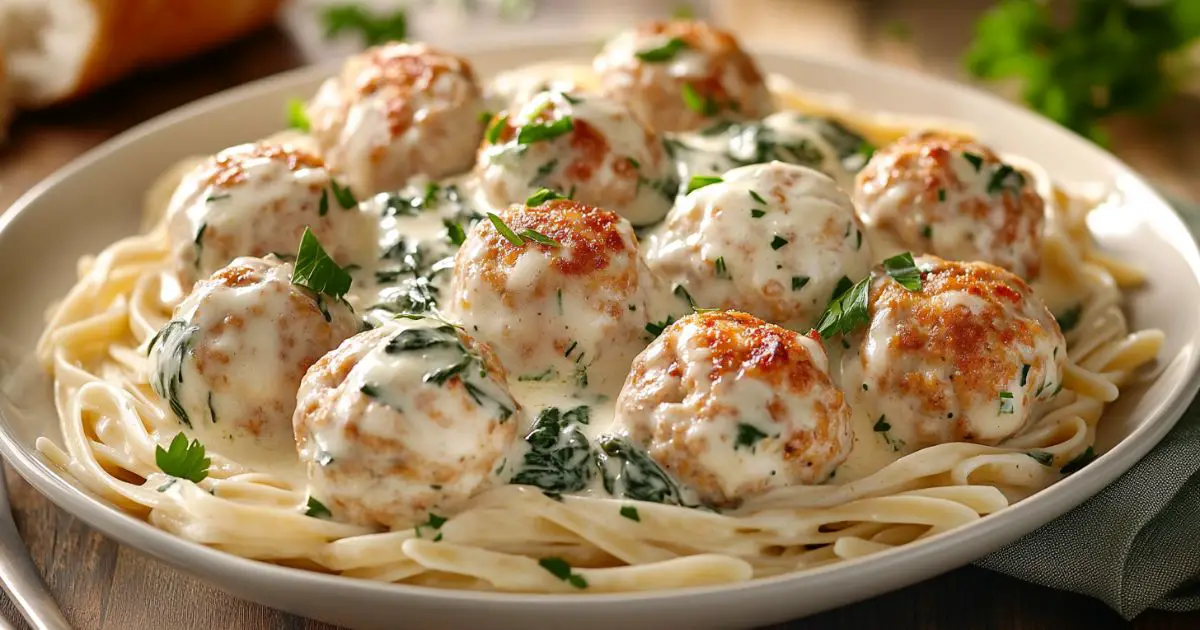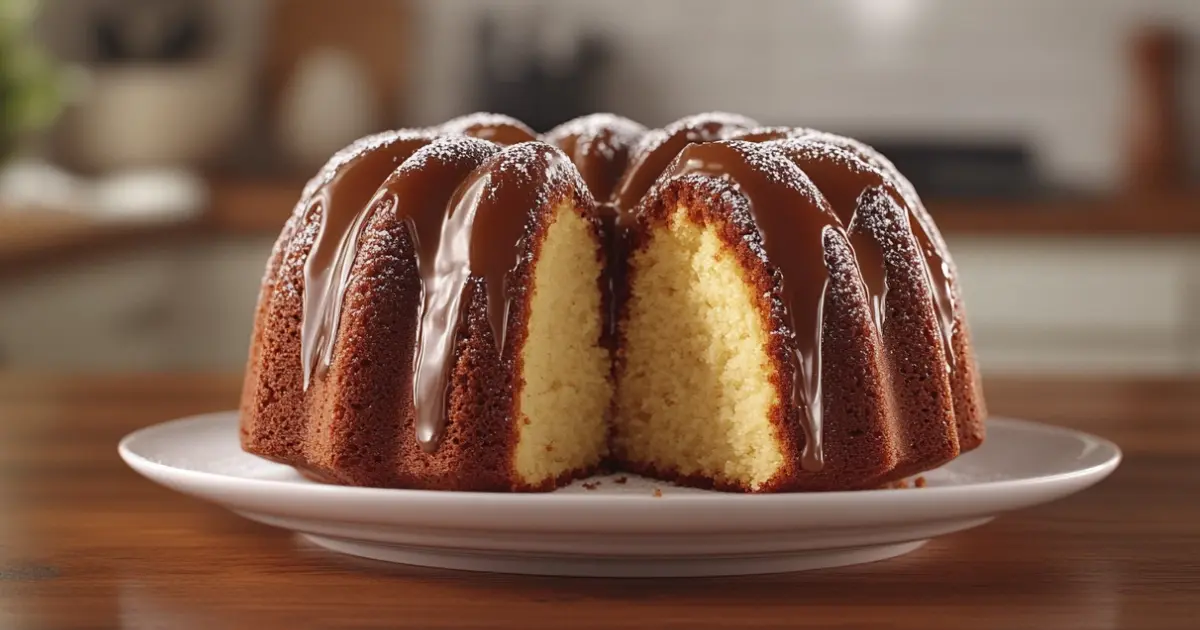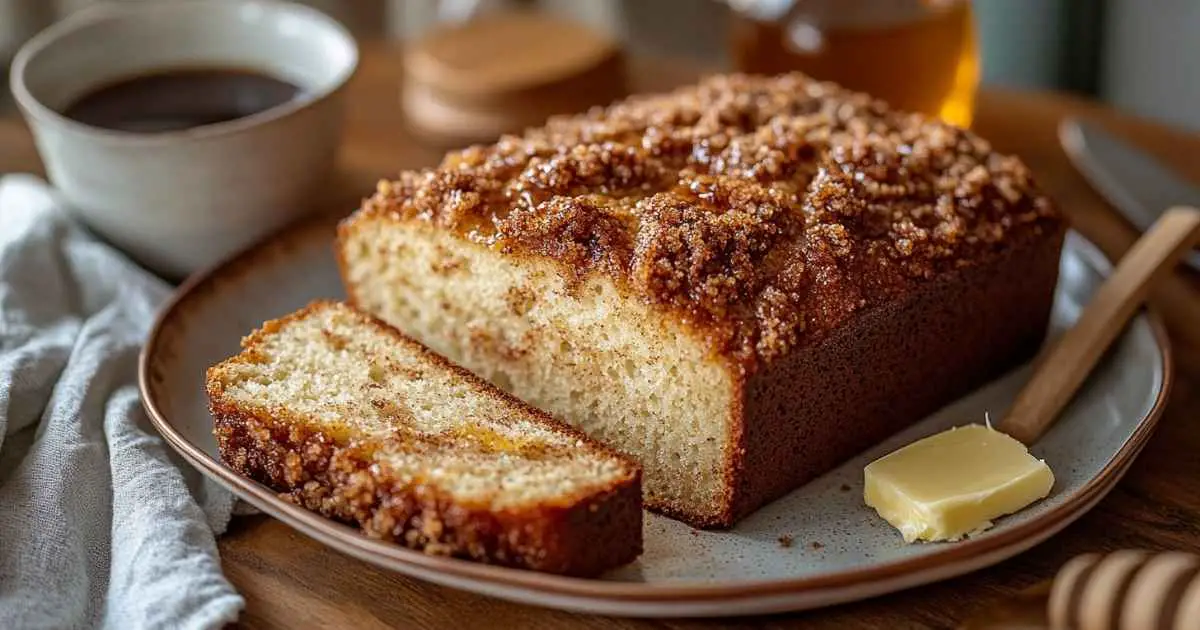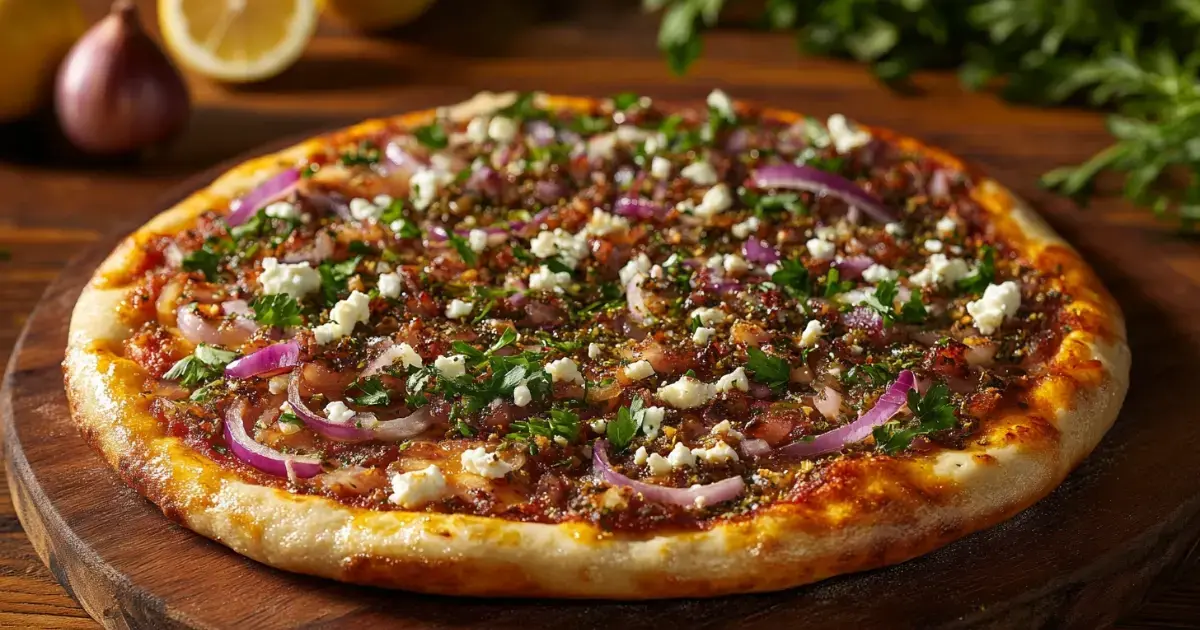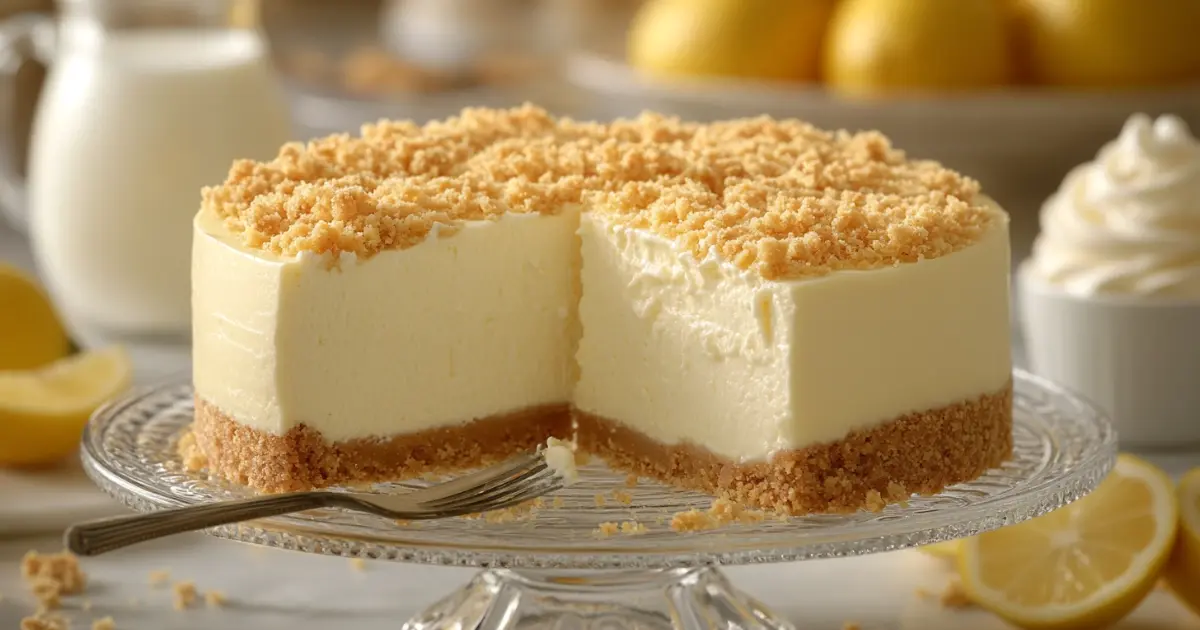Moo Shu Beef is a popular stir-fry dish that appears on many Chinese restaurant menus. It features thinly sliced beef, crisp vegetables, and a savory sauce. The mix of flavors is both comforting and lively, which makes it a favorite for those who enjoy balanced meals. Some folks associate Moo Shu with pork or chicken, but using beef brings its own pleasant twist. A good version of this recipe highlights tender cuts of meat, mushrooms, cabbage, and flavorful aromatics.
This dish has origins tied to northern Chinese cooking. Over time, different chefs adjusted the ingredients to suit personal tastes and ingredient availability. Many people wonder if Moo Shu Beef is better than other beef dishes, like Szechuan beef or Mongolian beef. Each has distinct highlights, but Moo Shu’s appeal often lies in its vegetable mix and the unique flavor profile.
Today, you will learn how to prepare this dish in your own kitchen. Expect clear steps, plus tips on serving and storing the final product. You will also see how the texture of beef plays an important part in achieving a pleasing bite. Let’s jump right in and discover how to bring this Chinese-inspired dinner idea to life in a simple, rewarding way.
Why You’ll Love This Recipe
This Moo Shu Beef recipe combines bold tastes, a range of textures, and an inviting look. Picture juicy strips of beef coated in a glossy sauce, paired with crunchy vegetables and a hint of sweetness from stir-fry sauce ingredients. It is easy to cook at home, even if you do not have a lot of experience with Chinese-style dishes.
If you enjoy variety in each bite, this dish gives you that. Thinly sliced mushrooms, cabbage, and carrots come together with fragrant ginger and garlic to create a meal that feels like a small celebration on your plate. Each forkful brings mild spice, savory notes, and fresh crunch, all balanced by the gentle warmth of sesame oil and soy sauce. Some recipes can taste heavy, but Moo Shu Beef remains lighter due to its vegetable base.
Many home cooks also appreciate the versatility here. You can swap out certain vegetables, adjust the spice level, or even add a sprinkle of sesame seeds for extra appeal. While Szechuan beef relies on chili-based heat and Mongolian beef leans toward a sweet, thick sauce, Moo Shu Beef aims for an all-around satisfying experience. This approach to cooking is a good choice for weekday dinners, weekend gatherings, or even meal prep. You will love how it fills your kitchen with savory aromas and delivers a colorful plate of wholesome ingredients.
Ingredients Needed
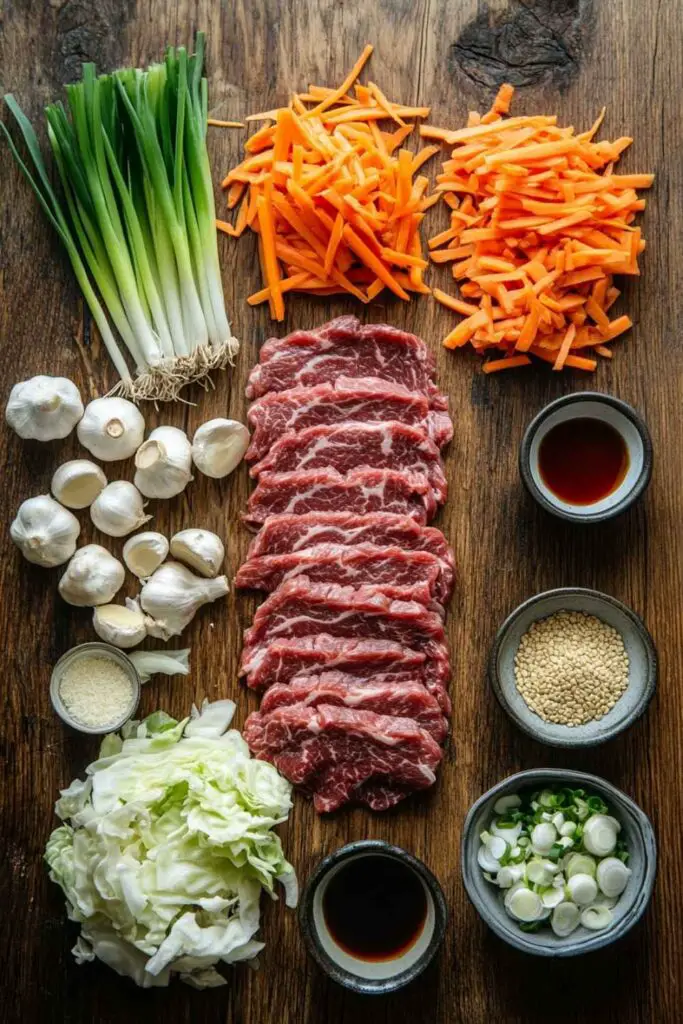
A successful Moo Shu Beef recipe comes from balancing quality ingredients and combining them in a smart way. Below is a simple breakdown of what you’ll need:
- Beef
- Type of Cut: Flank steak or sirloin are good options. These cuts become tender when sliced thinly and stir-fried quickly.
- Preparation: Slice the beef against the grain to help keep it tender. Aim for slices about 1/4-inch thick.
- Vegetables
- Cabbage: Green cabbage or Napa cabbage. Shredding it fine helps it cook fast without turning soggy.
- Mushrooms: Shiitake mushrooms add a deep, earthy note, but button mushrooms work too. Slice them to keep a similar thickness.
- Carrots: Julienned or thinly sliced. Carrots bring color and a natural hint of sweetness.
- Green Onions: Chop them into small segments for color and gentle flavor.
- Bamboo Shoots (Optional): These add a crunchy texture, which many people love.
- Aromatics
- Garlic: Mince or press fresh garlic cloves. They bring a sharp, savory punch.
- Ginger: Use fresh ginger if possible. Grate or mince it finely to release its bright essence.
- Onion (Optional): Some prefer adding sliced onion for extra flavor, but this is up to you.
- Sauce Components
- Soy Sauce: Choose a low-sodium option if you want more control over salt levels.
- Hoisin Sauce: A sweet-and-savory sauce that gives depth to the meal. Check the label if you want to avoid certain additives.
- Oyster Sauce: Another savory sauce that rounds out the flavor. It is often found in Asian cooking sections of grocery stores.
- Sesame Oil: Adds a warm, nutty aroma. Use a small amount, as it is potent.
- Cornstarch: Helps thicken the sauce and coat the beef.
- Sugar or Honey (Optional): Provides a light sweetness if needed.
- Seasonings
- Salt and Pepper: Adjust to taste.
- Chinese Five Spice (Optional): A little pinch can bring a subtle hint of star anise, fennel, and other spices.
- Chili Flakes or Chili Paste (Optional): For those who like a hotter note.
- Wrap or Serving Option
- Tortillas or Thin Pancakes: Traditional Moo Shu often comes with thin Mandarin pancakes, but tortillas can work as a practical swap.
- Steamed Rice: A common side if you prefer an easy pairing.
Each ingredient has a role in building taste and texture. Well-chosen beef, fresh produce, and a balanced sauce create a dish that makes you feel like you are enjoying a Chinese restaurant feast right at home.
How to Make Moo Shu Beef Recipe
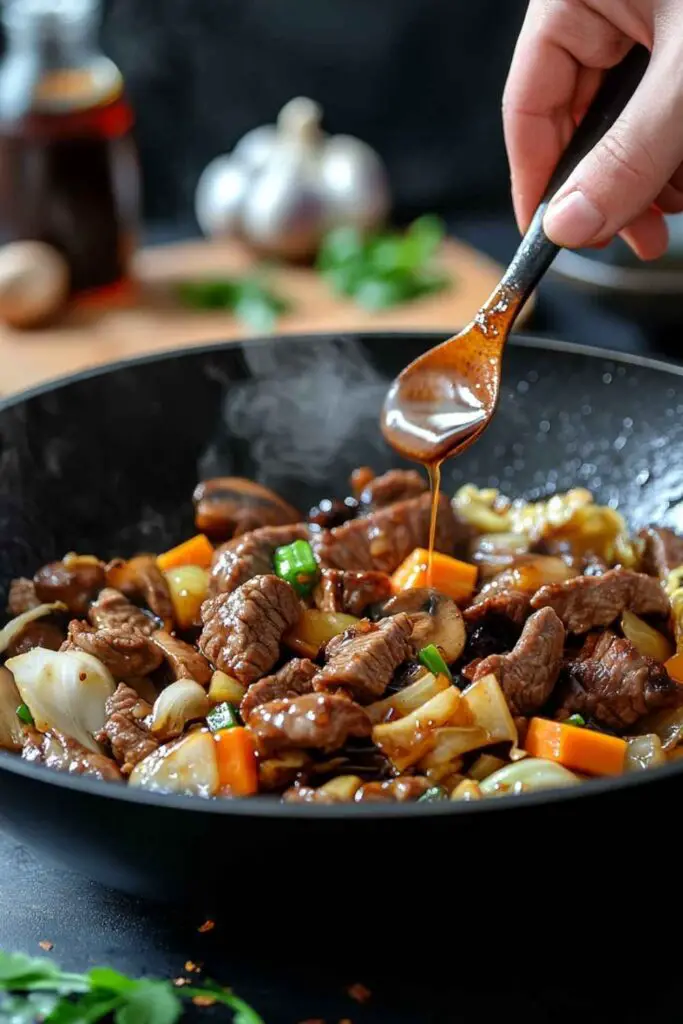
Below is a detailed guide that will lead you through preparation, cooking, and fine-tuning the dish. Follow these steps closely for a wonderful result, and feel free to adjust based on personal taste.
1. Prepare the Beef
- Slicing: Start with flank or sirloin steak. Cut against the grain into thin strips. Doing this helps keep the beef tender. Thicker pieces might take longer to cook, so keep them uniform.
- Marinating: In a bowl, combine about 1 tablespoon of soy sauce, 1/2 tablespoon of oyster sauce, a small pinch of sugar or honey, and a teaspoon of cornstarch. Stir to mix, then add the beef strips. Coat them evenly, and let the meat rest for 15 minutes. This short soak helps lock in flavor and moisture.
2. Chop and Measure Your Vegetables
- Cabbage: Finely shred about 2 cups of cabbage. If you prefer more crunch, slice it a bit thicker.
- Mushrooms: Rinse them gently, then pat dry. Slice them into pieces that are similar in thickness to your beef strips.
- Carrots: Peel and julienne (or slice them thin). If you want them softer, consider blanching them in hot water for a minute.
- Green Onions: Wash and chop into 1-inch segments. Keep some of the green tops to garnish your dish later.
- Bamboo Shoots (Optional): Drain canned bamboo shoots and give them a quick rinse. Set them aside to add extra crispness.
3. Create the Sauce
- Base Components: In a small bowl, mix 2 tablespoons of soy sauce, 1 tablespoon of hoisin sauce, 1 tablespoon of oyster sauce, and a teaspoon of sesame oil. If you need a thicker sauce, add 1 teaspoon of cornstarch.
- Adjust Seasoning: Taste the mixture. If you want a bit more sweetness, add a touch of sugar or honey. If you enjoy heat, stir in chili flakes or chili paste.
- Balance and Consistency: The sauce should have a balanced saltiness from the soy sauce, a sweet note from the hoisin, and a savory depth from the oyster sauce.
4. Stir-Fry Process
- Heat the Pan: Use a wok or large skillet. Place it over medium-high heat. Once it is hot, add a tablespoon of cooking oil with a high smoke point, such as vegetable or peanut oil.
- Cook the Beef: Add the marinated beef strips. Stir-fry quickly, turning them so they brown evenly. The beef should lose its raw pink color, but avoid overcooking to keep it tender. Transfer the beef to a plate and set aside.
- Sauté Aromatics: In the same pan, add a little more oil if needed. Toss in minced garlic and ginger. Stir for 20-30 seconds to release their aroma.
- Add Vegetables: Introduce the sliced mushrooms first, because they benefit from direct heat. Stir them for about a minute. Next, add cabbage, carrots, and any extra onion slices if you are including them. Keep the heat at a steady level, and move the vegetables around so they cook evenly.
- Combine Everything: Once the vegetables start to turn tender, return the beef to the pan. Stir to blend the flavors.
- Add the Sauce: Pour in your prepared sauce mixture. Stir-fry for another minute or two, ensuring all ingredients are coated. You might notice the sauce thickening. Watch out for any sticking on the pan.
- Final Adjustments: Taste the dish. Season with salt, pepper, or a dash of soy sauce as desired. If it seems too thick, drizzle in a bit of beef broth or water.
5. Plate and Garnish
- Green Onion Topping: Scatter chopped green onions on top.
- Extra Crunch: Some like a sprinkle of toasted sesame seeds. That is optional but adds a slight nutty dimension.
By following these steps, you create a pan of Moo Shu Beef that balances tender meat and fresh vegetables in a sauce that offers salty, savory, and sweet notes. This approach is easy to replicate, and the final results taste like a meal from a quality Chinese restaurant.
Serving and Storage Tips
Serving Suggestions
- Mandarin Pancakes or Tortillas: Warm them in a dry skillet for a few seconds per side. Fill each wrap with a spoonful of Moo Shu Beef and roll it up. This style mimics the Chinese restaurant approach.
- Steamed Rice: Serve the Moo Shu Beef over fresh white rice or brown rice. The sauce blends well with the grains, creating an enjoyable mix of tastes.
- Side Dishes: Pair this dish with a light soup, such as egg drop soup, or serve it alongside stir-fried bok choy. Another option is steamed vegetables, like broccoli, if you want more greens on the table.
Storage and Reheating
- Refrigeration: Place leftovers in an airtight container. They can keep in the fridge for up to three days.
- Freezing: While you can freeze the dish, keep in mind that the vegetables may soften further after thawing. If you do freeze, store it in a secure container for up to two months.
- Reheating: Warm your Moo Shu Beef in a skillet on medium heat. Add a small splash of water or beef broth to prevent sticking. Stir gently until heated through. You can also microwave in short intervals, stirring in between.
Storage guidelines help you manage your cooking schedule. If you need to make this dish ahead, consider partially undercooking your vegetables so they do not over-soften during reheating. This method ensures you still get that fresh texture next time you serve it.
This guide provides comprehensive information on safe freezing practices, including the effects of freezing on food quality and safety, proper packaging, and recommended storage times. FOOD SAFETY AND INSPECTION SERVICE
Helpful Notes
- What is Moo Shu Beef from a Chinese Restaurant?
- Moo Shu Beef is a spin on the original Moo Shu Pork dish. In a Chinese restaurant, it features shredded meat, mixed vegetables, and a light sauce. This version simply uses beef in place of pork, creating a different flavor while keeping a similar cooking technique.
- Is Moo Shu Beef Good?
- Yes, it offers a satisfying blend of savory tastes and crunchy vegetables. Many compare it favorably to dishes like Mongolian beef or Szechuan beef. Each dish shines in its own way, but Moo Shu stands out for its vegetable presence and mild sauce.
- What is Mushu Made Of?
- Traditional Moo Shu might feature pork, eggs, wood ear mushrooms, and cabbage. In this beef version, we swap out pork for sliced steak. Mushrooms, cabbage, carrots, and a sauce blend remain essential.
- What is the Best Beef Dish from Chinese Cooking?
- This depends on personal preference. Some enjoy Szechuan beef for its heat, while others prefer the sweet-savory Mongolian beef. Moo Shu Beef delivers a balanced profile of sauce and veggies, making it a strong contender for those who like variety in each bite.
- Why is it Called Moo Shu?
- The name is linked to how the shredded egg pieces in the original recipe resemble a type of flower, often referred to with a phrase that sounds like “moo shu” in Chinese. Over time, “Moo Shu” became a common term for this stir-fry dish.
- What is the Difference Between Szechuan Beef and Mongolian Beef?
- Szechuan Beef: Known for spicy flavors, often involving chili peppers and a numbing effect from Sichuan peppercorns.
- Mongolian Beef: Tends to be sweeter and focuses on a caramelized sauce with garlic and ginger.
- Moo Shu Beef: Highlights a mix of vegetables with a savory sauce, sometimes sweetened slightly by hoisin or oyster sauce.
- What Does Moo Shu Taste Like?
- It is a harmonious mix of savory sauce, tender meat, and crisp vegetables. The sauce is less spicy than Szechuan dishes and not as sweet as Mongolian beef. Many appreciate it for its lighter feel and the textural interplay of meat and vegetables.
- Why is Chinese Beef So Soft?
- In many Chinese recipes, beef is marinated with ingredients like soy sauce, cornstarch, or baking soda. This process helps tenderize the meat. Cutting against the grain also plays a role in making the beef easier to chew.
- How Healthy is Moo Shu?
- Moo Shu can be a healthy choice, especially if you use lean beef cuts and minimize added sugars. It includes a variety of vegetables, which supply vitamins and fiber. Choose low-sodium sauces if you want to limit salt intake, and control how much oil you use during stir-frying.
- Possible Variations
- Vegetarian Option: Replace the beef with tofu or extra mushrooms.
- Extra Crunch: Add bean sprouts near the end of cooking.
- Lower Carb: Serve in lettuce wraps instead of using tortillas or rice.
These helpful notes serve as answers to common questions about Moo Shu Beef. They also guide you through personalizing the dish.
Conclusion
Moo Shu Beef is a standout choice for people who appreciate the mix of savory sauce and crisp vegetables. The beef strips, paired with ingredients like cabbage and mushrooms, create a meal that fills your kitchen with appealing aromas and draws your family or friends to the table. It is a simple recipe once you understand how to slice, marinate, and stir-fry. Though it shares traits with Chinese classics such as Mongolian beef or Szechuan beef, it keeps its own identity through its well-rounded taste and the presence of thinly shredded produce.
Whether you are curious about how it measures up to other Chinese restaurant favorites or just want a new stir-fry to add to your home menu, Moo Shu Beef provides a pleasing balance of flavors. The combination of marinated meat, colorful vegetables, and a lightly sweet sauce makes it a dish you can return to many times. Feel free to adjust the spiciness, sweetness, or types of vegetables to fit your palate. Once you try it, you may find it ranks high on your personal list of best beef dishes. Give this recipe a go, and enjoy the process of creating a hearty meal for yourself and those you care about.
________________________________
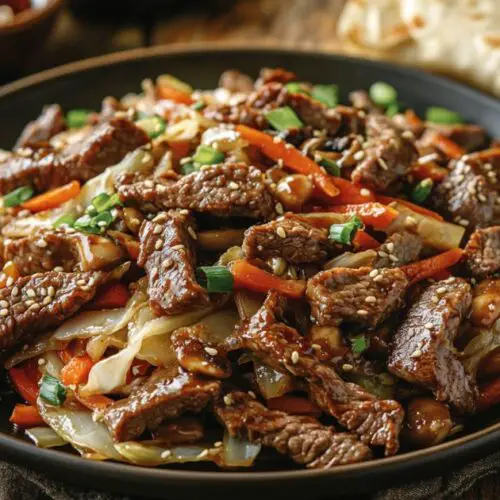
Moo Shu Beef Recipe
Ingredients
Beef
- 1 lb flank steak or sirloin thinly sliced against the grain
- 1 tablespoon soy sauce
- 1/2 tablespoon oyster sauce
- 1 teaspoon cornstarch
- Pinch of sugar or honey optional
Vegetables
- 2 cups green cabbage or Napa cabbage shredded
- 1 cup shiitake mushrooms sliced (button mushrooms can substitute)
- 1 cup carrots julienned or thinly sliced
- 1/2 cup green onions chopped
- 1/4 cup bamboo shoots optional
Aromatics
- 2 garlic cloves minced
- 1 tablespoon fresh ginger minced
Sauce
- 2 tablespoons soy sauce
- 1 tablespoon hoisin sauce
- 1 tablespoon oyster sauce
- 1 teaspoon sesame oil
- 1 teaspoon cornstarch
- Pinch of sugar or honey optional
- Chili flakes or chili paste optional, for heat
Other Ingredients
- 2 tablespoons vegetable oil for stir-frying
- Tortillas thin Mandarin pancakes, or steamed rice (for serving)
Instructions
Prepare the Beef:
- In a bowl, mix 1 tablespoon soy sauce, 1/2 tablespoon oyster sauce, 1 teaspoon cornstarch, and a pinch of sugar or honey (if desired).
- Add the thinly sliced beef to the marinade. Coat evenly and let it rest for 15 minutes.
Prepare the Vegetables:
- Shred the cabbage finely, slice the mushrooms, julienne the carrots, and chop the green onions. Drain and rinse bamboo shoots if using.
Prepare the Sauce:
- In a small bowl, mix 2 tablespoons soy sauce, 1 tablespoon hoisin sauce, 1 tablespoon oyster sauce, 1 teaspoon sesame oil, and 1 teaspoon cornstarch. Add chili flakes or sugar for desired flavor.
Cook the Beef:
- Heat 1 tablespoon vegetable oil in a wok or skillet over medium-high heat.
- Add the marinated beef and stir-fry until browned. Remove and set aside.
Cook the Vegetables and Aromatics:
- In the same wok, add 1 tablespoon oil. Add minced garlic and ginger, stirring for 20-30 seconds until fragrant.
- Add mushrooms and cook for 1 minute. Then, add cabbage, carrots, and bamboo shoots (if using). Stir-fry until vegetables begin to soften.
Combine and Add Sauce:
- Return the cooked beef to the wok. Stir everything together.
- Pour the prepared sauce over the ingredients and stir-fry for another 1-2 minutes until the sauce thickens and coats the mixture.
Serve:
- Garnish with chopped green onions.
- Serve with warm tortillas, Mandarin pancakes, or steamed rice.
Notes
- Calories: 350 kcal
- Protein: 25g
- Fat: 12g
- Carbohydrates: 28g
- Fiber: 4g
- Sugar: 7g
- Sodium: 850mg
Explore More Delicious Recipes
If you enjoyed diving into the Moo Shu Beef Recipe, why not explore more delightful dishes from our collection? Here are some must-try recipes to elevate your cooking adventures:
- Marry Me Chicken Pasta Recipe – A creamy and indulgent pasta dish that will win over hearts at the dinner table.
- Galena Chicken Recipe – A flavorful and easy-to-make chicken recipe that’s perfect for any occasion.
- Burger Bowl Recipe – A low-carb, delicious twist on classic burgers, served in a satisfying bowl.
- Taco Lasagna Recipe – Layers of taco goodness meet cheesy lasagna in this crowd-pleasing dish.
- Beef and Broccoli Recipe – A quick and healthy stir-fry packed with tender beef and crisp broccoli.
- Forgotten Chicken Recipe – A comforting and flavorful chicken dish that’s as easy as it is delicious.
Explore these recipes today to bring more exciting flavors to your table and make every meal memorable!
FAQs
1. What Cut of Beef Works Best for Moo Shu Beef?
Thinly sliced flank steak or sirloin is a top choice for Moo Shu Beef. These cuts have the ideal balance of tenderness and flavor. When cutting, slice against the grain to keep the meat soft and easy to chew.
2. Can I Customize the Vegetables in My Moo Shu Beef?
Absolutely! While mushrooms, cabbage, and carrots are common, you can add or substitute vegetables like bell peppers, bok choy, or bean sprouts. This flexibility lets you tailor the dish to your taste and helps you include more variety in your meals.
3. How Do I Prevent My Beef from Becoming Tough?
Marinating and proper slicing are essential. A brief marinade that includes soy sauce or cornstarch helps tenderize the beef. In addition, use high heat for quick cooking—overcooking the beef can make it chewy. Aim for a stir-fry time that lightly browns the strips without drying them out.
4. Is Moo Shu Beef a Healthy Choice?
Moo Shu Beef can be a nutritious option if you focus on lean beef cuts, fresh vegetables, and lower-sodium sauce. By controlling added sugar and limiting oil use, you can make a flavorful dish that fits well with a balanced diet.
5. How Should I Store and Reheat Leftover Moo Shu Beef?
Place leftovers in an airtight container and refrigerate them for up to three days. When reheating, a quick stir-fry or a gentle warm-up in the microwave is best. If the dish seems dry, add a small splash of water or beef broth to restore moisture. This method helps maintain both flavor and texture.

